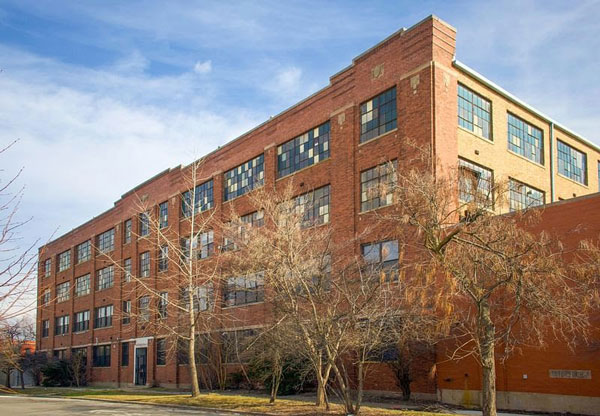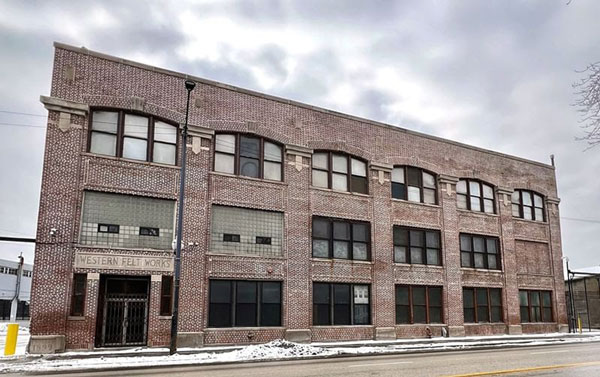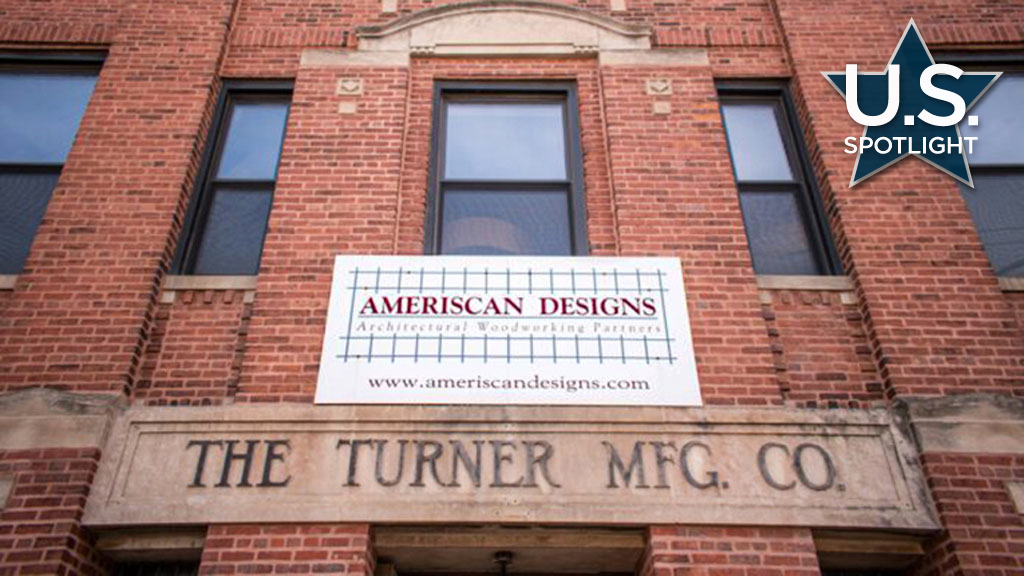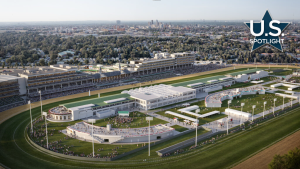Several century-old warehouses won’t see the wrecking ball, at least for now, after a Chicago city commission decided not to rule on an application to demolish them for a streamlined block-long distribution center.
Atlanta-based IDI Logistics had planned the $44 million, 246,000-square-foot building with 26 loading docks, which would have created 150 jobs, along busy Ogden Avenue, which happens to be historic Route 66, the highway that starts in Chicago.
But preservationists and neighborhood activists went into action to save the buildings, which continue to be a hive of small shops behind their historic brick facades.
The buildings had yet to receive landmark designation.
“They are home to numerous small businesses that were high paying jobs,” Preservation Chicago’s Ward Miller said.
Among the buildings on the 25.5-acre site are the 1916 Western Felt Works of Prairie School architecture and two 1918 buildings for the Turner Manufacturing Co. designed by noted Chicago architect Alfred Alschuler.

Alschuler designed the signature 1920s now London House Hotel skyscraper at the corner of Michigan Avenue and the Chicago River, and the block-long Florsheim Shoe Co. factory, now Shoemaker Lofts in Chicago’s northwest Avondale neighborhood.
Miller said the warehouses were made of brick and heavy timber “and just after these projects were built (Alschuler) started experimenting with reinforced concrete, which you see in many of his other projects that came afterwards, many of them landmarks.”
Altogether the collection of 12 buildings is three or four storeys in height.
Miller said opposition was mounting including by the neighborhood Little Village Community Council on the city’s southwest side. Even descendants of the industrial Turner family, which owned two of the buildings, testified against at various city committees.

“The community pulled its support for the project and so did the alderman (Ward 22’s Michael Rodriguez)” before a critical planning commission meeting, Miller said. The alderman’s letter may have been the final straw that doomed the proposal.
The letter said despite 15 meetings with a community advisory committee IDI has not “listened” to objections to a “transportation, distribution or logistics” center. Nor has it come to an agreement on “community benefits.”
IDI’s proposal would have created a corner bricked heritage look and colorful warehouse façade. But the fact it was a logistics building in a dense urban area created concerns about pollution and traffic.
“Here we’ve got quite a few trucks and docks using this facility that perhaps would expose the neighborhood to more toxins,” Miller said. “This is an area of disinvestment. It’s a toxic doughnut, the description used for another (south side development) and I think it almost applies here as well.”
But in its proposal IDI said projected truck traffic would be “less than the existing” conditions.
“Currently, trucks use Ogden Avenue for maneuvering and block traffic on Ogden in both directions for up to two minutes at a time. The proposed development would limit maneuvers to within the site, thereby eliminating street maneuvering.”
As for air quality, “air concentrations will remain in compliance with the National Ambient Air Quality Standards, well below the maximum allowed thresholds.”
IDI didn’t reply to a request for comment.
Miller said the development remains up in the air.
“I think that (IDI’s next move) remains unknown as this point,” he said. “I think they should really listen to the community and (build) maybe something a little more favorable that the community can support.”
What happened was the demolition item was “deferred” from both the city’s Plan Commission and Zonings, Landmarks and Building Standards committee agendas.
Miller said IDI could still demolish the structures “but I think their permit may be held up. I don’t think they’d want to go forward at this moment in time without a plan because it would be my impression that that would upset the community substantially.”
He said these buildings instead “could be again refilled with small businesses with high paying and skilled jobs versus those limited to maintenance of trucks and whatnot.”
The decision on what to do with the site appears to be in IDI’s court – for example, it could come back with a new plan or sell the parcel off.











Recent Comments
comments for this post are closed